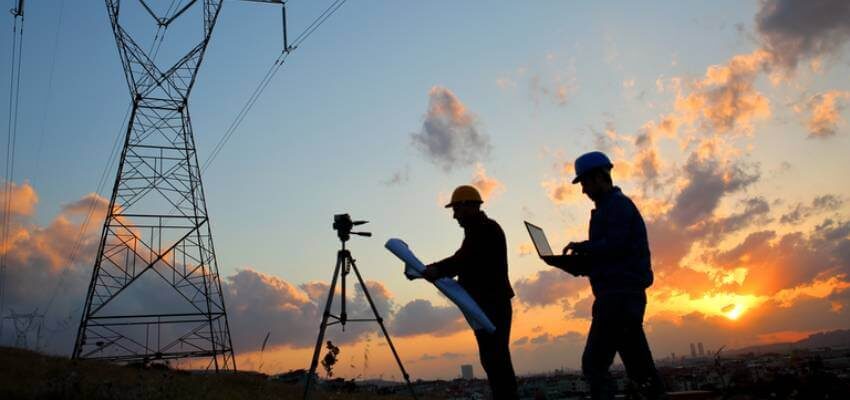Planned transmission projects to add $42 B in GDP
New analysis prepared by LEI for WIRES quantifies far reaching employment and GDP impacts of transmission infrastructure on the US economy.

Image source: T&D World
USA, Washington: New analysis prepared by LEI for WIRES quantifies far reaching employment and GDP impacts of transmission infrastructure on the US economy.
WIRES, the international trade association that promotes investment in all aspects of the high voltage grid, on 18 May released an analysis prepared on its behalf by London Economics International LLC (LEI) that highlights the short- and long-term economic benefits and job creation driven by high voltage transmission projects.
The Repowering America: Transmission Investment for Economic Stimulus and Climate Change report identified $83 B in planned transmission projects around the country that have been ISO/RTO Board-approved and/or recommended to regulators. LEI’s analysis found that this infrastructure investment would add $42 B to GDP, create approximately 442,000 well-paying jobs, and boost direct local spending by nearly $39 B cumulatively during the construction phase of the projects.
The LEI report also found that in the longer term over the transmission assets’ lifecycle, the operations and maintenance of these projects would provide an annual GDP increase of $1.6 B and create around 9,000 permanent jobs. The co-benefits of the transmission projects were also highlighted as offering longer-term impact on GDP, including reduction in electricity prices, increasing renewable generation, and advancing decarbonization goals.
“This report quantifies what WIRES and its members have long known — that investment in transmission infrastructure drives family-supporting jobs and can deliver a significant boost to the national and regional economies. That is just what we need in our current economic climate,” said Larry Gasteiger, executive director of WIRES.
Of the $83 billion in approved and/or recommended planned projects, LEI found that the GDP during the construction impact (including the installation and domestic manufacturing stages) could generate an increase of nearly 14 % of utilities current value added GDP and more than double utilities’ current regional employment, based on 2019 levels. The definition of utilities in this report includes electric power generation, transmission and distribution, natural gas distribution, water, sewage and other systems.
Source: T&D World




